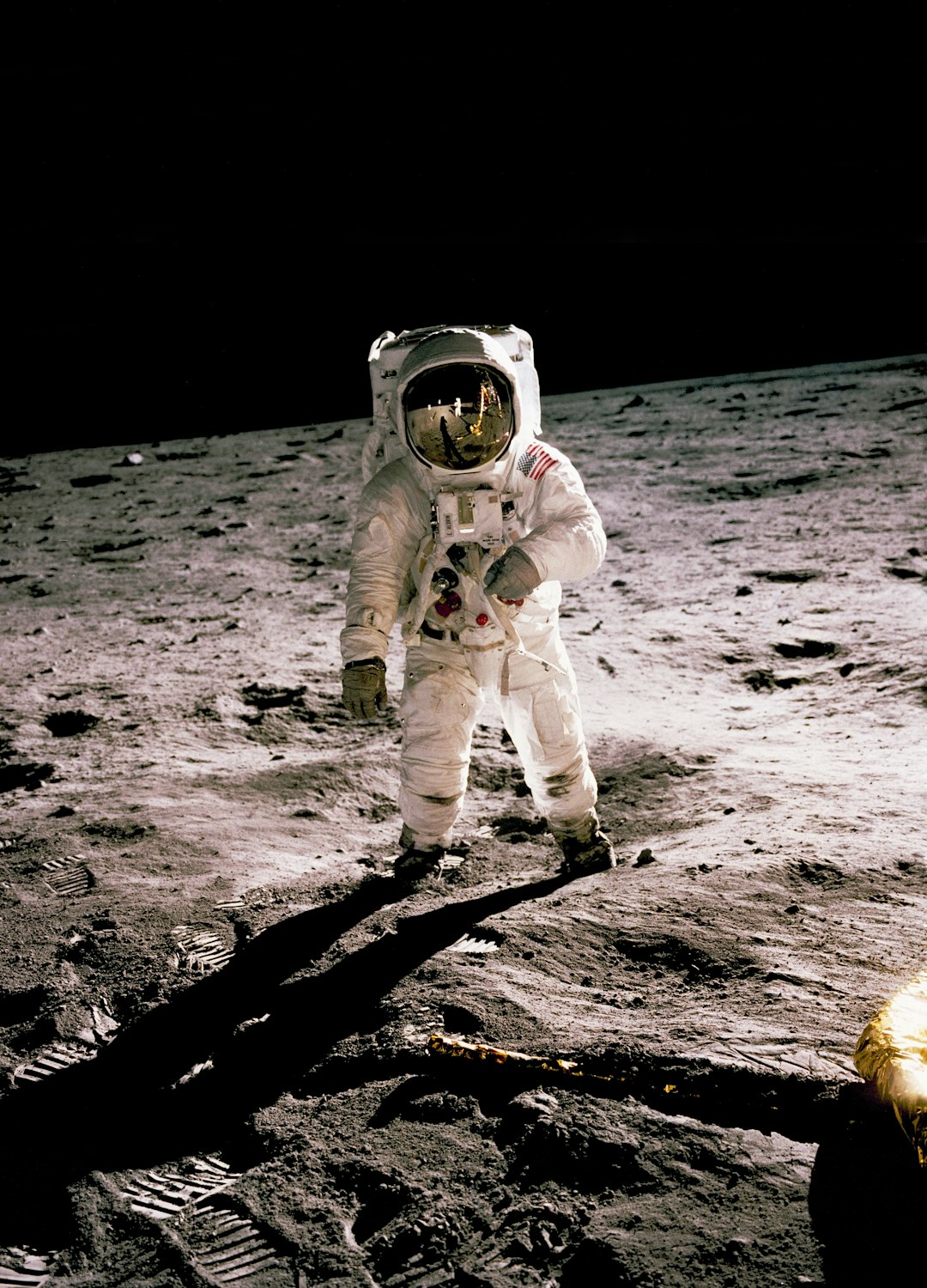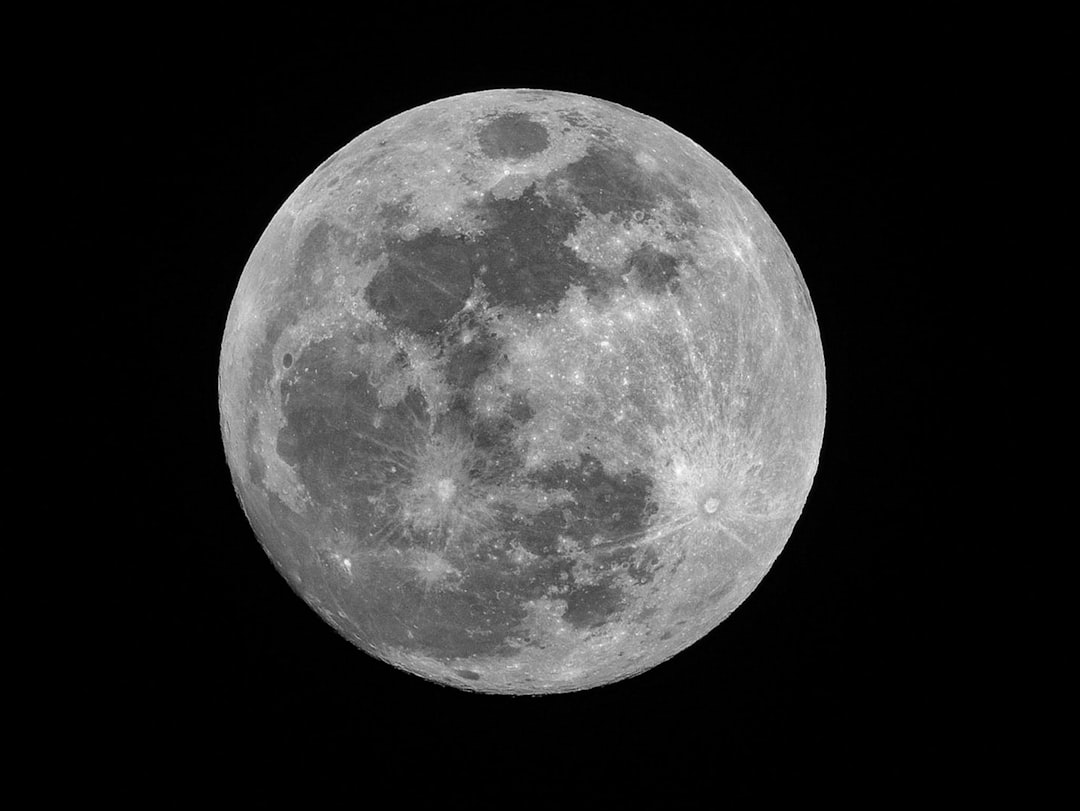The Moon exploration: the past and the future
Why is it important and what opportunities does Moon exploration open for us as a civilisation?
You may have heard in the media about recent delays to the Artemis launch to the Moon’s orbit and Elon Musk calling for a ‘Moon base’. Why is it important and what opportunities does Moon exploration open for us as a civilisation? Will the cis-lunar economy grow exponentially over the next decade? The Moon is full of opportunities.

Lunar industry status today
It is sometimes suggested that nothing of substance has been uncovered on the Moon since the very first NASA Apollo landing in 1969. But that is most definitely not the case - there are roughly 100 startups globally building pieces of infrastructure to support lunar services. These include everything from transport to the Moon and back and infrastructure for the moon base (including rovers, robots, telecommunications systems, drills, oxygen generation, space suits etc). We already have projects aspiring to build ‘Uber for the Moon’, ‘WeWork for the Moon’, and ‘FedEx for the Moon’. Nokia and NASA are building 4G/LTE networks on the Moon for astronauts to be able to WhatsApp each other and FaceTime with Earth.
The ecosystem around this is progressing rapidly. For example, the incubator TechTheMoon is dedicated entirely to the lunar economy. The Lunar XPRIZE competition, sponsored by Google, offered a total of US$30 million in prizes to the first privately funded teams to land a robot on the Moon. Whilst it expired unclaimed, it sped up development in this domain. As a result of the Lunar XPRIZE, US$ 300M has been invested in participants, 250 jobs were created and 5 new companies were founded in the lunar industry.

What resources does the Moon have?
The most basic and fundamental interest in the Moon is in its natural resources. Mining on the Moon would have significant benefits for sustainability and reduced reliance on Earth as the sole source of sought after commodities. Research is currently underway to review the soil on the moon, regolith, as it potentially contains significant resources such as uranium and helium-3, both of which are expensive and difficult to source on Earth. Uranium is well known as a fuel for nuclear power plants, which produce 10% of the world's energy. Helium-3 is a potential fuel for nuclear fusion and about 1000 times more common on the Moon.
The discovery of water ice at the lunar poles has given rise to the idea of producing hydrogen and oxygen from water which can be used to sustain life or as rocket propellant.
Alongside this, the near absence of an atmosphere is another significant advantage as it means the efficiency of solar power has high potential to provide energy for a moon base.
To date, 6 types of mineral have been discovered on the Moon. They can be used to extract calcium, aluminium, silicon, magnesium, iron and other elements. Furthermore, research suggests that Moon dust contains up to 40% oxygen. While it might not be economically viable to bring these down to Earth, they can be used to build and maintain structures on the Moon.
One important point to highlight is that the Moon has significantly lower gravity. What does this mean? This makes it approximately 10x easier to launch deep space missions from the Moon compared to Earth in terms of fuel needs per kilogram of payload. For this reason, the Moon is being considered as a base for launches to Mars and missions for asteroid mining operations.

What activities on the Moon should you watch out for?
The first crewed missions to the Moon are scheduled for 2024 and a permanent autonomous base is planned for 2030. There are already 70 agreed missions to the Moon over the next decade and around a dozen planned within the next two years.
The flagship Moon project is Artemis, which is a NASA-led collaboration of 10+ countries and a multitude of private companies. The program is not only aimed at landing astronauts on the Moon for the first time in the last half century, but also at creating a sustainable human presence on the Moon. This includes the Lunar Gateway (a space station orbiting the Moon), which will play a key role in supporting a mission to Mars in the 2030s. More long-term plans include building a permanent base on the Moon.
Another notable program is the Chinese Lunar Exploration Program (also known as the Chang'e Project), which is already making great progress. China is presently the only nation operating equipment on the Moon. The long-term vision of this mission is to prove the ability to utilize and develop natural resources. In addition to the USA and China other space agencies such as the EU, Japan, Korea, Russia, India, Israel are developing their own Moon programs.
There are many aspects to moonbase development - rovers, communication, mining and drilling, power generation, 3D printing and many more. Which companies on Earth will benefit first? How many more Moon focused startups will we see? How many multiples of growth will space investors make over the next decade?
We can make educated guesses, but one thing we know for certain is that Moon development is taking off (pun intended).
Please let us know if you liked this topic and would like to see a deep dive on the Moon.






Cool article! I didn’t know that a lot of things happening on the Moon:) It would be great to read about asteroid mining, Mars projects, and space debris problem (we’re launching so many satellites lately)...
So Interesting! While reading one question came to me: is it possible to use the Moon with its special conditions for trash conservation and reusing for further needs - as for an instance, Mars program?